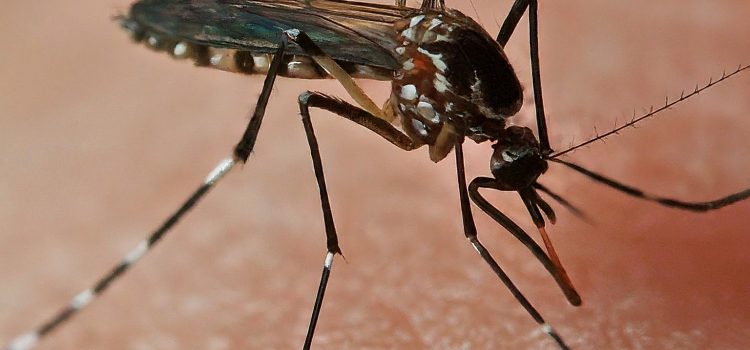
Introduction
As a seasoned health and wellness blogger, I’m passionate about empowering readers with knowledge to make informed decisions about their well-being. Today, we’ll delve into a mosquito-borne illness that affects millions globally: Dengue fever. Knowing the signs, symptoms, and preventative measures is crucial, especially for those living in areas with mosquito populations.
Understanding Dengue: Symptoms and Risks
Dengue fever is a viral infection transmitted through the bite of infected Aedes mosquitos. While symptoms can vary, common signs include sudden high fever, severe headache, muscle and joint pain, nausea, vomiting, and a characteristic rash. Dengue can progress to a more severe form, Dengue hemorrhagic fever, which can be life-threatening.
Dengue vs Other Fevers: Knowing the Difference
Dengue fever can be confused with other illnesses that cause fever, such as the flu or chikungunya. However, Dengue often presents with a distinct biphasic fever pattern, where the fever subsides for a day or two before returning. Additionally, severe muscle and joint pain are more characteristic of Dengue. Consulting a healthcare professional for proper diagnosis is vital.
Prevention is Key: Protecting Yourself from Dengue
The good news is, Dengue is largely preventable! Here are some key strategies:
- Mosquito Bite Prevention: Apply EPA-registered insect repellents containing DEET, picaridin, IR3535, oil of lemon eucalyptus, or para-methoxyphenacyl (PMPA). Wear long-sleeved shirts and pants, especially during peak mosquito hours (dawn and dusk).
- Reduce Mosquito Breeding Grounds: Eliminate stagnant water sources around your home where mosquitoes breed, such as in old tires, buckets, or clogged gutters.

Expert Insights: The CDC on Dengue Awareness
According to the Centers for Disease Control and Prevention (CDC), Dengue is a leading cause of illness in tropical and subtropical regions. The CDC recommends staying informed about Dengue activity in your area and taking preventive measures during travel to high-risk destinations.
Taking Action: When to Seek Medical Attention
If you experience a sudden high fever accompanied by severe pain, nausea, or vomiting, especially after a mosquito bite or travel to a high-risk area, seek immediate medical attention. Early diagnosis and treatment are crucial for preventing complications.
Informative Table: Dengue Fever Symptoms
| Symptom | Description |
|---|---|
| Fever | Sudden high fever (104°F or higher) |
| Headache | Severe headache, often described as “behind the eyes” |
| Muscle and Joint Pain | Severe muscle and joint aches and pains |
| Nausea and Vomiting | Nausea, vomiting, or both |
| Rash | A red, itchy rash that may appear on the face and body |
Conclusion: Don’t Let Dengue Disrupt Your Life
By staying informed about Dengue fever, taking preventive measures, and seeking timely medical attention if needed, you can significantly reduce your risk of contracting this mosquito-borne illness. Remember, knowledge is power!










